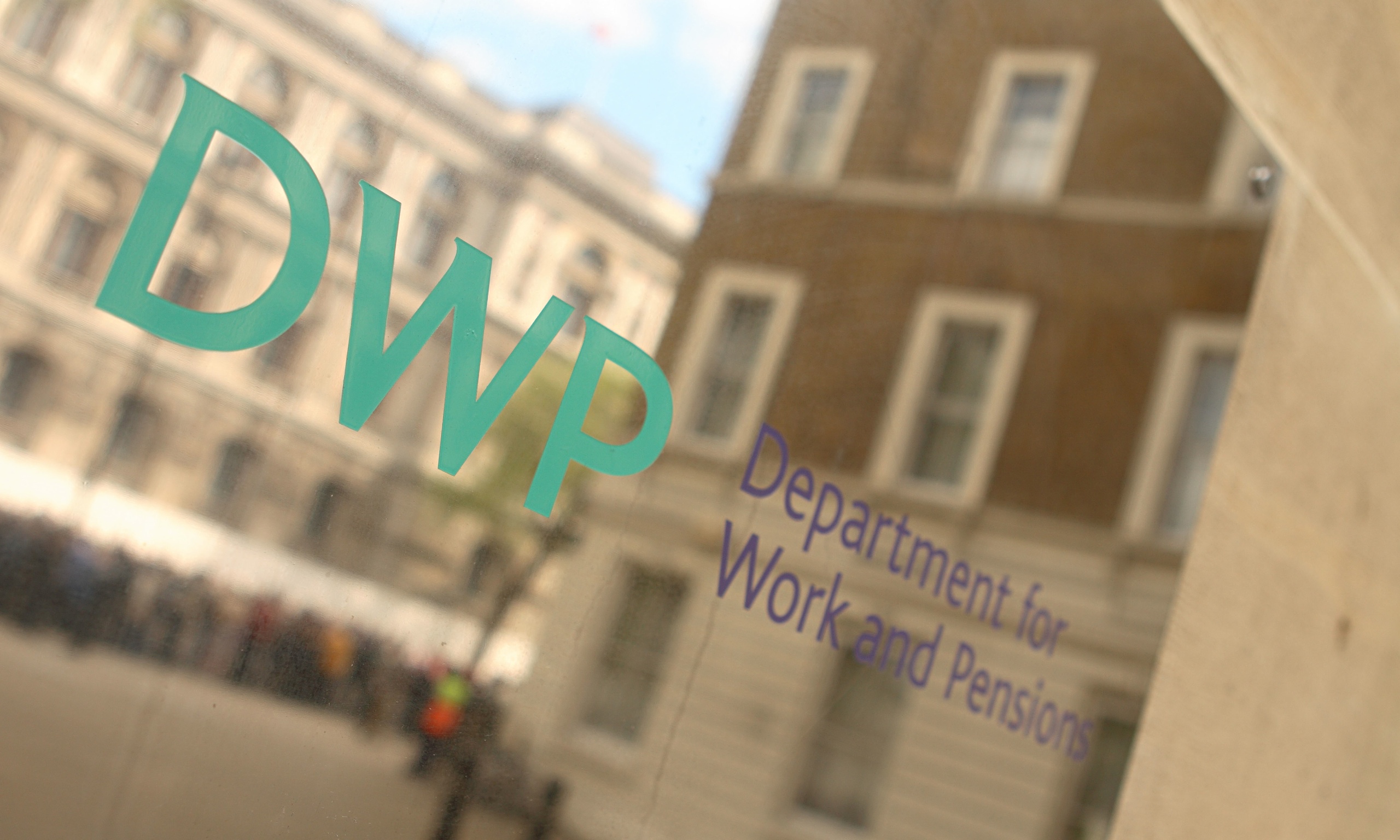 DWP - Government Department for Work and Pensions
DWP - Government Department for Work and PensionsFigures published today show that there are almost 360,000 more people in work compared to this time last year – a rise that was driven by a growth in full-time work. Meanwhile the unemployment rate has fallen to 5.4% – the lowest since early 2008, and half the Eurozone average.
Long-term unemployment has also fallen dramatically – by 25% on the year – and youth unemployment (excluding full-time students) is now well below pre-recession levels.
With average wages rising by 3%, today’s figures represent a major milestone in the government’s long-term economic plan.
Work and Pensions Secretary Iain Duncan Smith said:
This is a fantastic set of figures, which show more people in work than ever before and a strong growth in wages. That is a credit to British business, and a credit to the hardworking people of this country.
Alongside this, unemployment has fallen to the lowest level since 2008, and long-term unemployment has dropped by a staggering quarter over the last year.
This positive picture is replicated up and down the country, demonstrating that this one nation government is delivering a society with opportunity and security for all at its heart.
Women in work
Since 2010, there are 920,000 more women in work and there are 183,000 fewer unemployed women.
Unemployment
The number of unemployed people has fallen by nearly 200,000 since last year, and the unemployment rate has fallen to 5.4% – a 7 year low.
Worklessness
Worklessness is continuing to fall, with the number of people without a job having fallen by more than 1.2 million since 2010.
Long-term unemployment
The number of long-term unemployed people has fallen by more than 25% in the last year to 526,000 – the lowest level in 6 years.
Young people
The number of unemployed young people who are not full-time students is the lowest in a decade at 6.2% of the total youth population.
While the employment rate of young people who have left full-time education is at its highest level in more than 10 years at 73.9%.
Supporting people into work
This government’s welfare reforms were designed with the aim of supporting people off benefits and into work. Today’s figures show that there are now 1 million fewer people claiming one of the main out of work benefits compared to 2010, and over 2 million more people in work.
The Department for Work and Pensions (DWP) offers a range of support across the country to get people off benefits and into jobs through our network of over 700 jobcentres.
These include work experience, employer-led training, work placements, skills training, the Work Programme, and help for budding entrepreneurs through the New Enterprise Allowance.
Security for hardworking people
The government is also providing security for hardworking people at every stage of their lives by moving to a truly compassionate higher-wage, lower-tax and lower-welfare society.
That includes:
- continuing to reform welfare including lowering the benefit cap to £23,000 in London and £20,000 elsewhere so being in work pays
- helping to create 2 million new jobs and 3 million apprenticeships
- doubling free childcare to 30 hours for working parents
- introducing the new living wage in April which is expected to reach £9 an hour by 2020 – this will benefit 6 million workers and boost pay for those on the minimum wage by £5,200 by 2020
Recruiters love this COMPLETE set of Accredited Recruitment & HR Training – View Training Brochure






